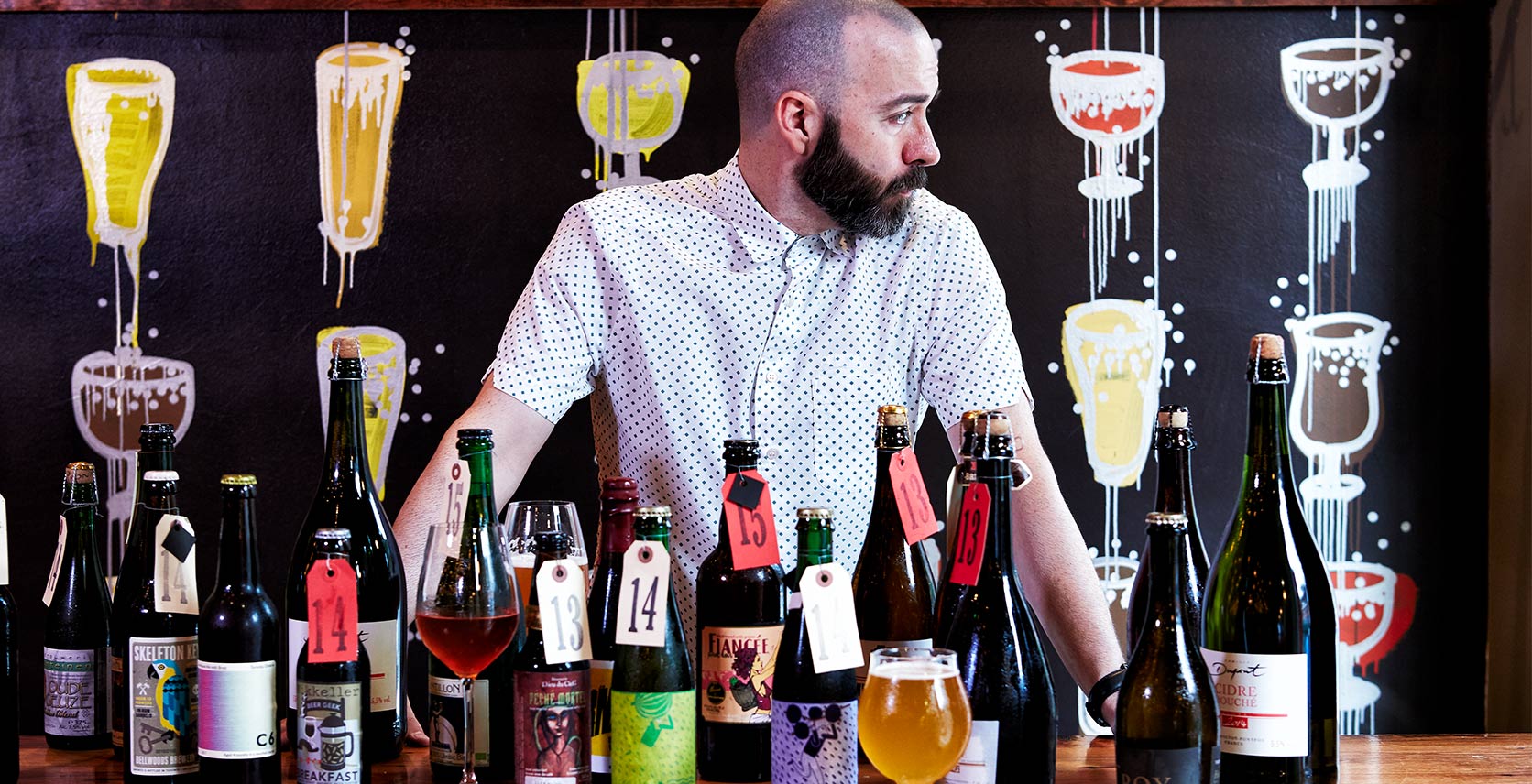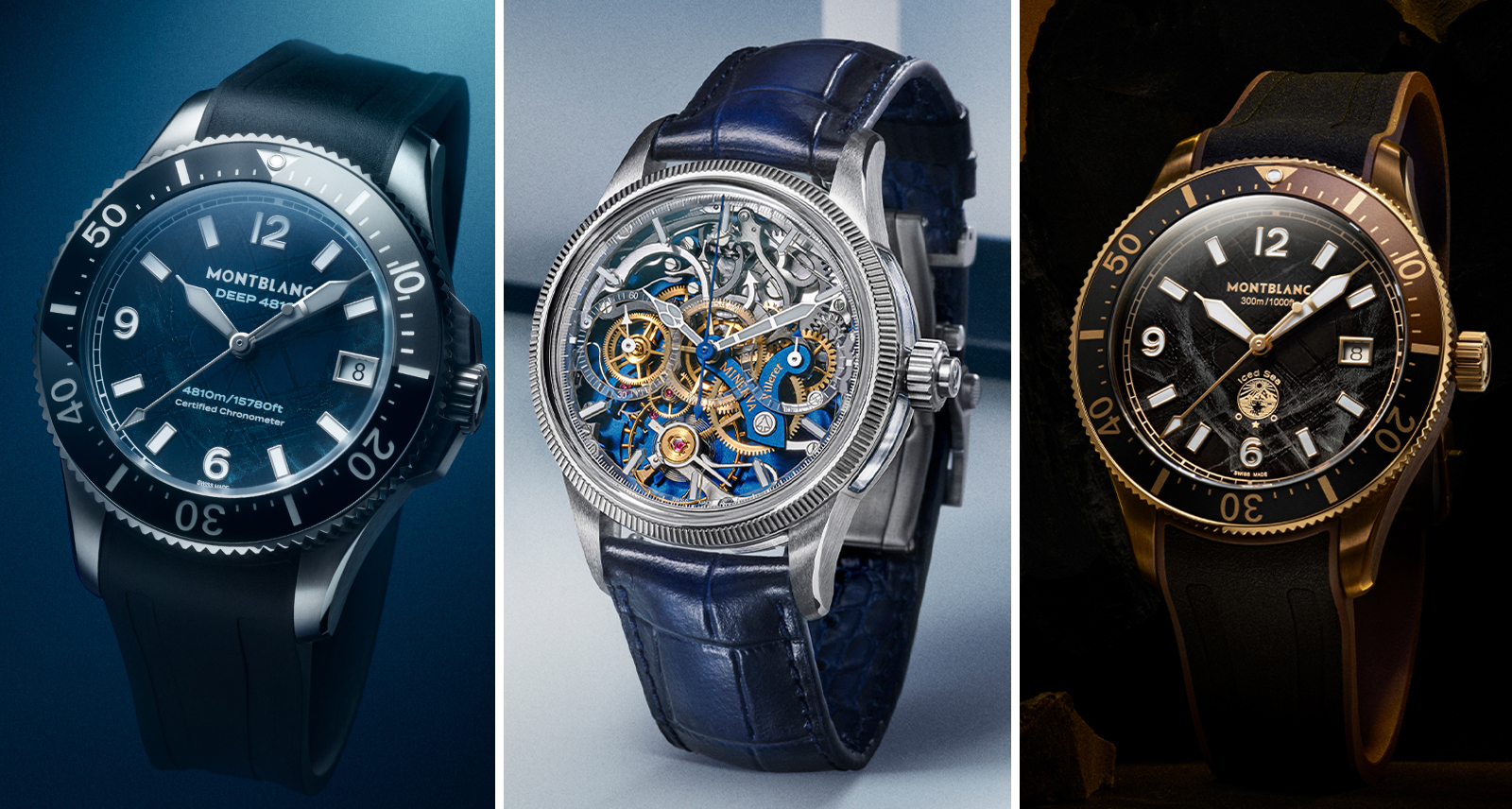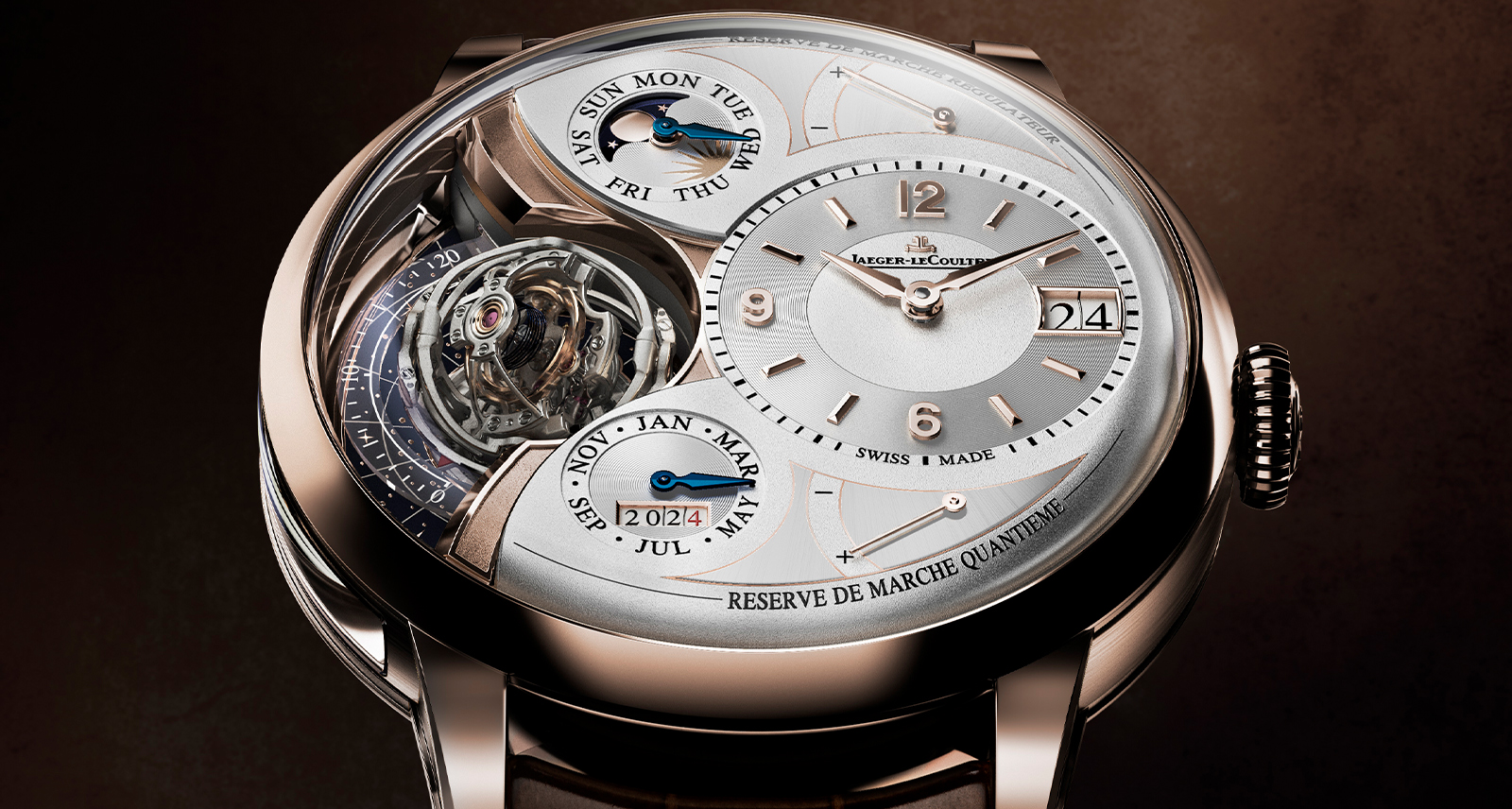Old Brews: Why It’s Time to Fill Your Wine Cellar with Beer
Drinking old beer is a bad idea. We’ve all done it — picked up a not-so-cold one from the back of the unplugged basement fridge hoping it would remedy a no-doubt dire situation. It never did. Aged beer, on the other hand? It’s not just a good idea — it’s an exciting trend in beer halls across the nation right now.
Why? As with wine, the volatile acids in the alcohol break down over time, and the sweet and mellow flavours of the residual sugars become more prominent. The result is beer that’s softer and more complex than before. But you can’t put just any old bottle aside for posterity. It’s true that most beers will spoil with age: your favourite average-strength pale ale would fade, developing a flavour of wet cardboard in a few months. In order to hibernate nicely, a beer should feature some combination of smoke, high acidity, noticeable sweetness or residual yeast, and should contain at least 7% alcohol, which acts as an effective preservative. (Not in IPAs, though. Really hoppy beers don’t keep their signature bitter flavour for long.)
Aging Gracefully
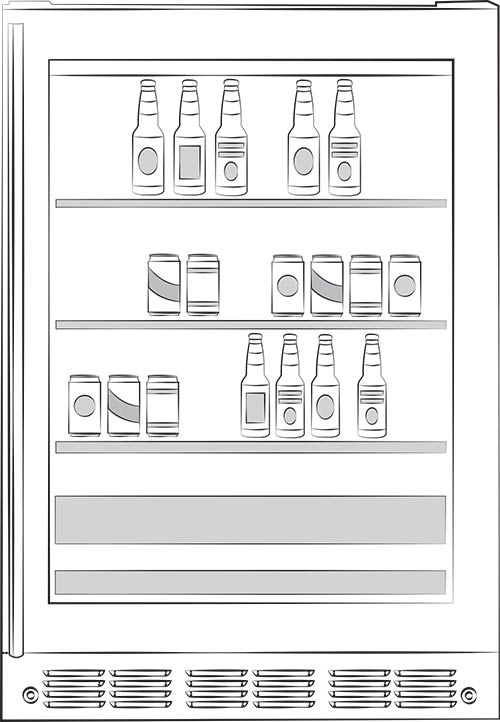
Unless you have an actual wine cellar at home, you’ll need a place to store your beer. A wine fridge, like this one by GE Monogram, is your best option. Temperatures around 10 degrees Celsius are ideal. Stand bottles upright, so that yeast and sediment collect at the bottom rather than hardening along the side and ending up in your glass when the time finally comes to pour those golden suds.
Suds with Seniority
With a little help from Pat Thomson, beverage manager at Wvrst in Toronto, we put together a primer on what beers you can enjoy — when they’re good and ready.
Lambic
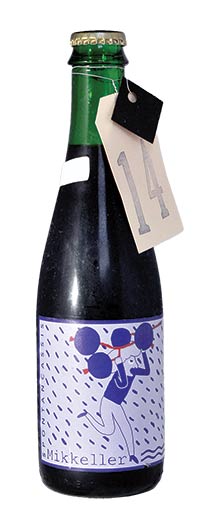
Lambics are brewed in tanks exposed to wild strains of yeast, resulting in a dry and sour beer. After a year or two, chemistry will break down the acetic acid present in this brew by Denmark’s Mikkeller into sugars that can smell like nuts, figs, and flowers.
Gueze
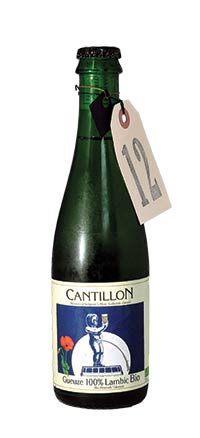
Sometimes called Brussels Champagne, gueuze is a blend of young and old lambics that undergo a second fermentation in the bottle. Tart and complex, Cantillon is the classic option — renowned for developing beautifully over a decade.
Stout
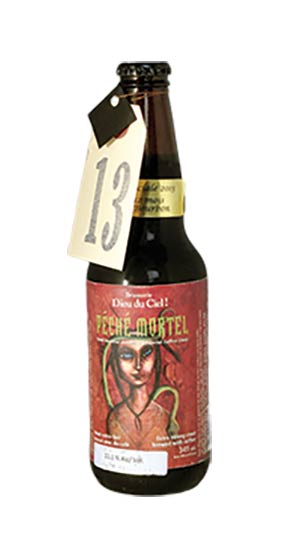
Guinness isn’t strong enough to age, but the alcohol in Russian, Imperial, or Baltic stouts and porters will subside in time to reveal more nuanced chocolate and coffee aromas. Cellar Dieu du Ciel’s strong stout to enjoy on some future winter’s night.
Farmhouse Ale
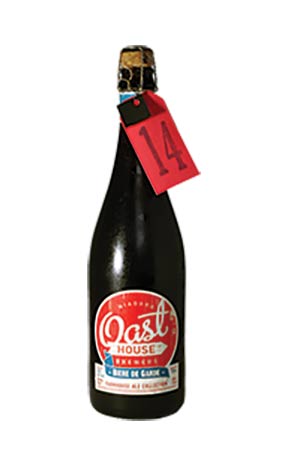
Spicy and sour saisons and bières de garde were first brewed for farm- hands in 19th-century Belgium and France. Oast House’s version offers sweet malt and wintry spice flavours that peak at two years old.
Trappist and Abbey Ales
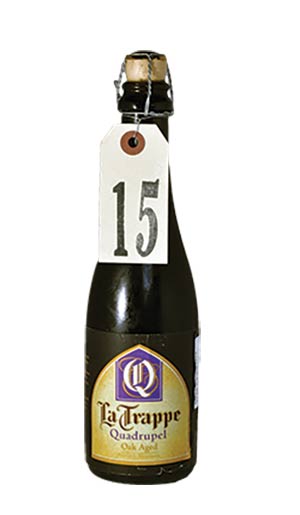
These brawny Belgian beers are renowned for their potent complexity. The subtle fruity aromas of Konigshoeven’s La Trappe — an extra- strong “quadrupel” beer — will continue to improve throughout its 25-year shelf life.
